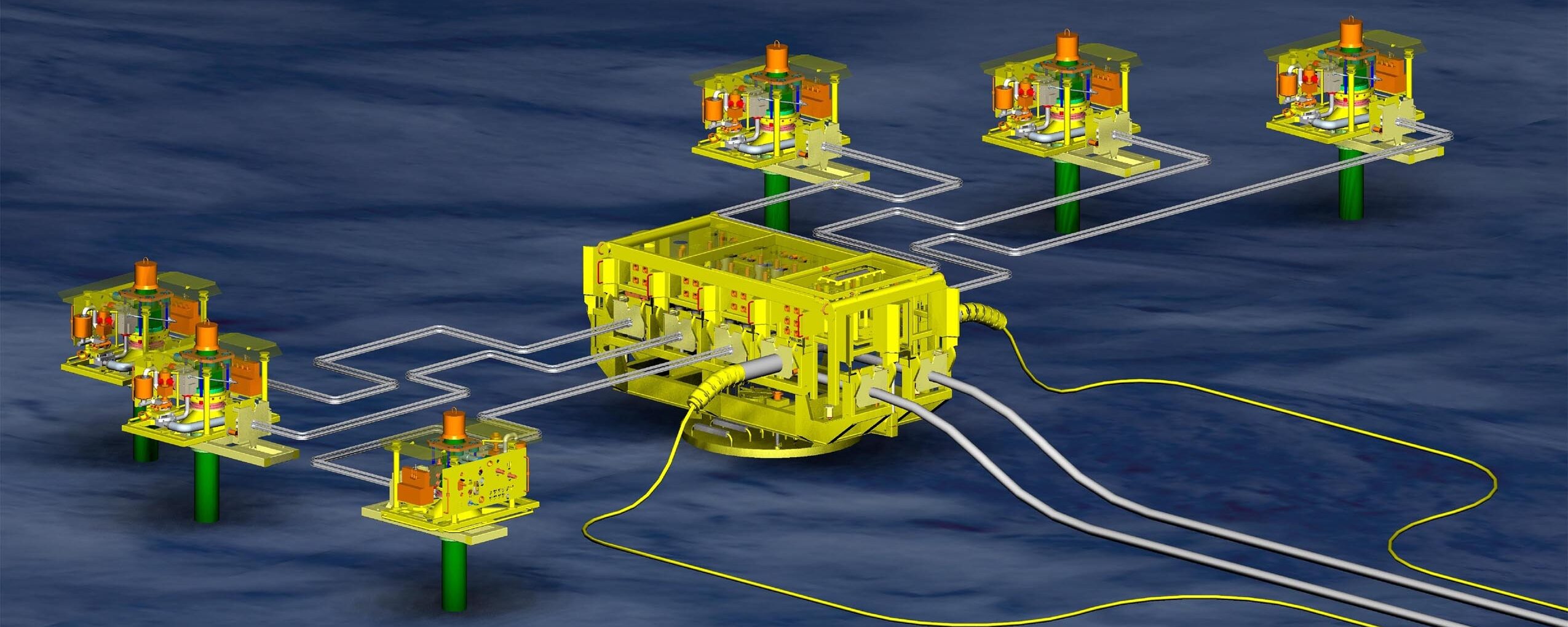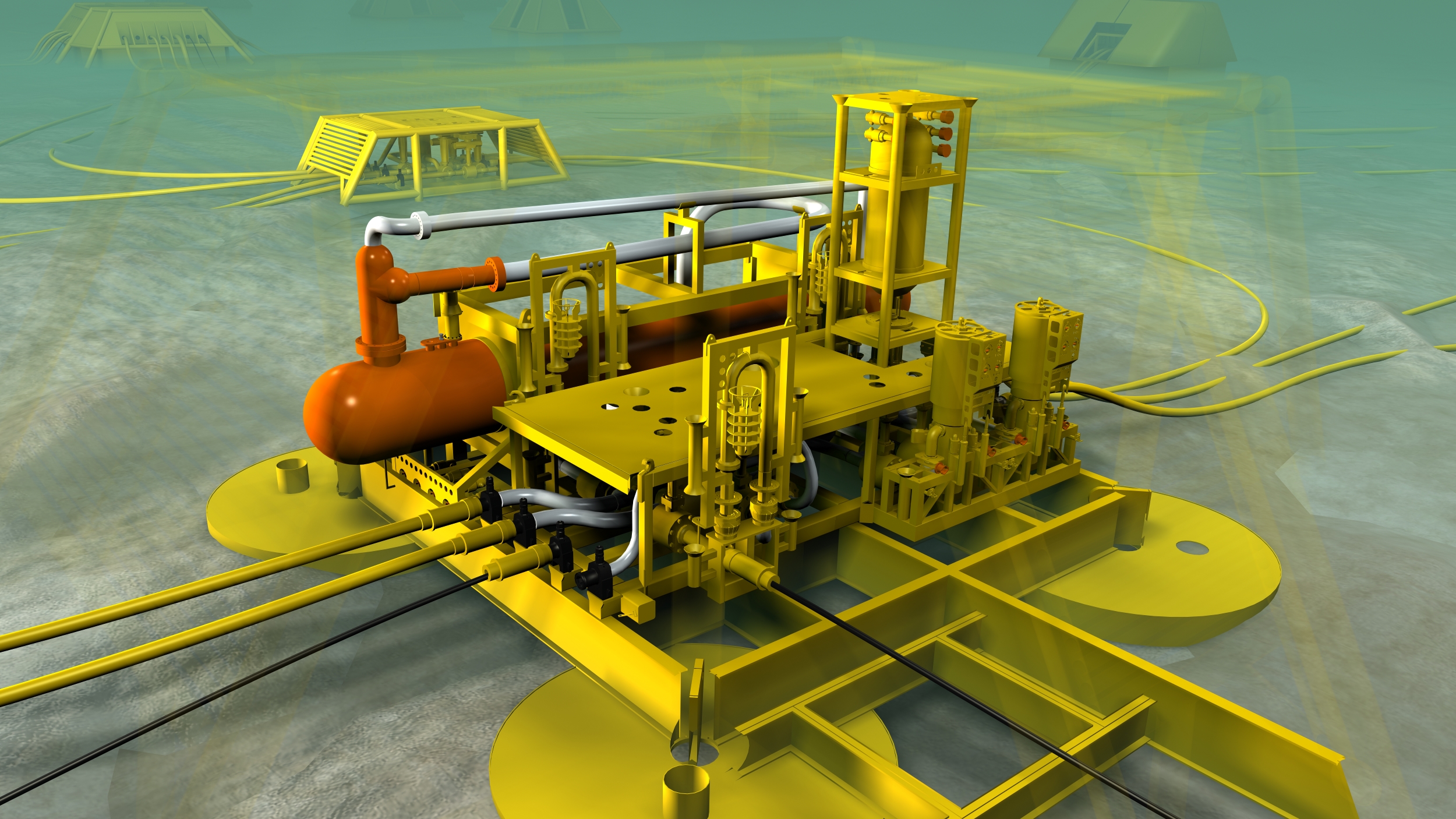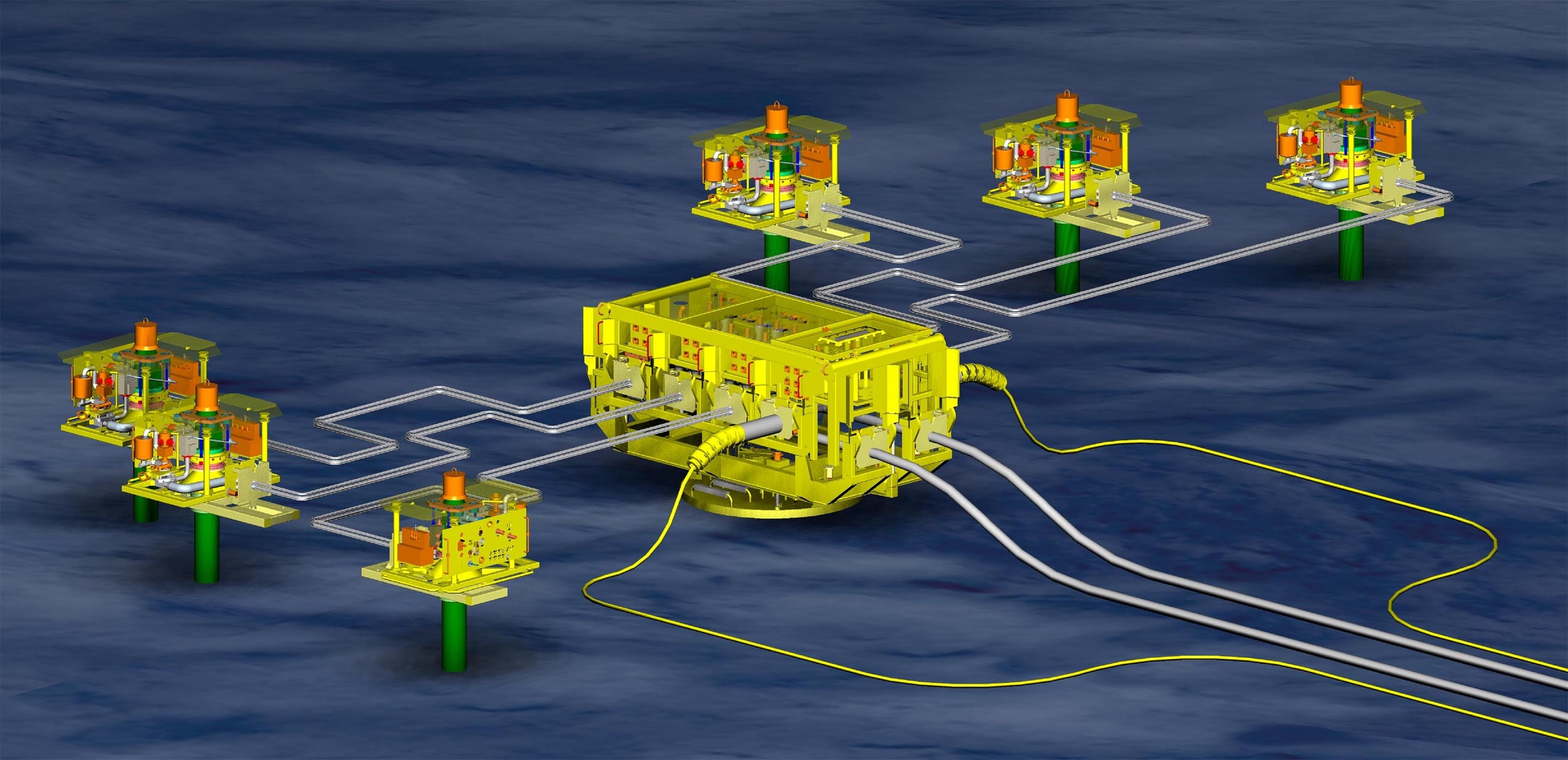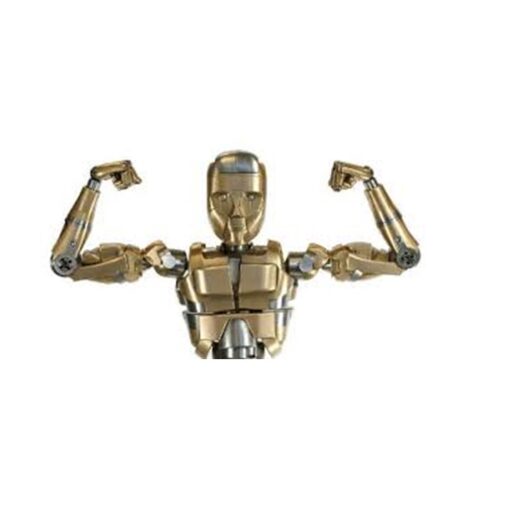From Vaasa, Finland: Zoologists often speak about the long gestation periods for elephants, but as we in the oilfield know, it ain’t nothin’ compared with the time required to get a new piece of technology developed, tested and deployed.
So it is no surprise it has been six years since ABB embarked on its joint industry project, backed by Equinor (then Statoil), Total and Chevron, to meet the power requirements – with cost savings -for what the Norwegian operator first called ‘the subsea factory’ back in 2013. ABB is no newcomer to solving the tricky problem of mixing electricity with water having built more than 35 subsea transformers over the last few decades.
The challenges proposed by the specifications for this $100mn JIP were at a whole new level compared with what has been required before: design and qualify equipment – subsea switchgear, a subsea variable speed drive (VSD) and control and protection systems – to deliver 100MW of power over a distance of up to 600km in waters to 3,000m. Add in the need for a maintenance-free operating period of 30 years underwater and one might consider this project’s aims to be daunting at the least.
I have to admit that one of the great pleasures of the earlier era of offshore journalism was going on site visits. There is little more stimulating than seeing equipment first hand with the opportunity to have some interesting experiences. I hopped around the Gryphon A fpso on crutches after I tore my Achilles tendon back in 1993, got seasick with many others on a rough day on Petrojarl 1 and watched BP clang a lot of hardware around during the onshore testing programme of its DISPS R&D project. There have been quite a few visits to Nailsea (closest to where I live) before and after its ABB days and many others in Aberdeen, Leeds and lots of yards all over the UK, Norway, Spain and the USA.
This visit, the first in many years, was notable as I had never been to Finland before. Anyone who speaks no foreign languages at all would find Finnish no problem – it would be no more incomprehensible than anything else you can’t speak – but if you speak Spanish, a passable French and Italian and even a smattering of Norwegian and Yiddish, this might as well have been Mars. For those with an interest in languages, Finnish is closest to Hungarian for reasons that even linguists can not explain.
Very cold weather was expected for this trip, but fortunately it was cold, but not frigid. ABB’s test site on a quayside in Vaasa is spread across a number areas with the focus on an 8m underwater test pad. An interesting point was that ABB was conscious of not using too much power during the testing and constructed a complex cable loop in order reduce consumption. Even on a $100mn project, money needs to be watched.
Because of the reliability criteria, it was necessary to ensure material compatibility and no degradation during the 30-year run life. ABB carried 100 different tests with a range of materials plus vibration testing – no problem during operations, but a concern during transportation and installation of the equipment. A materials ageing programme proved that the equipment should have a life of 44 years, even longer than the project engineers had hoped for.
And where was the cost saving element here, you might be asking yourself? The use of a subsea VSD means that a single power cable can be run to this power distribution system on the seabed with significant cost reduction. A hypothetical high power-demand development using a subsea VSD to serve eight loads – either pumps or compressors – at 200km has been estimated to save $500mn.
I would not be me if I did ask at least one – or actually several – awkward questions. The most obvious one, tricky for any company involved in the development of new equipment to answer, is there a business case for this kit? I did not really get an answer and did not expect one. ABB would not say how much of the $100mn it contributed, so it would be difficult to say how many such packages it would need to supply to show any return on its investment.
Norske Shell’s Ormen Lange subsea compression project has already taken the traditional route with an onshore VSD with power cables of at least 120km to the production system site. ABB will now have to wait – and no one knows how long that might be – for the next big subsea processing project to come along to offer this kit.
I couldn’t end this blog without one more comment on Finland. The proprietor of the restaurant-cum-resort where we spent the day after the site visit informed the gathered multitude that the only word in Finnish to have entered international parlance was ‘sauna’ which we were offered the chance to partake. I did and it was quite a different experience than previous saunas – the building itself could sit at least 20 or maybe 30 people. I did bottle out of going for a dip in the sea afterwards and instead opted for the hot tub. There are limits, although I believe that the Finns and the Norwegians don’t see it that way. So skol – or whatever the word in Finnish is, not something we used or are likely hear again.





One thought on “It’s chilly up north, but ABB brought its own subsea heat”
Individual Sub-sea VSDs would allow independent speed control of each motor connected to a Sub-sea VSD, so SSPs or ESPs could be run at different speeds to each other. One topside cable to a distribution point then infield cables to each VSD as opposed individual cables from topsides VSDs would reduce cable costs, balanced against marinisaition costs of VSDs of course.